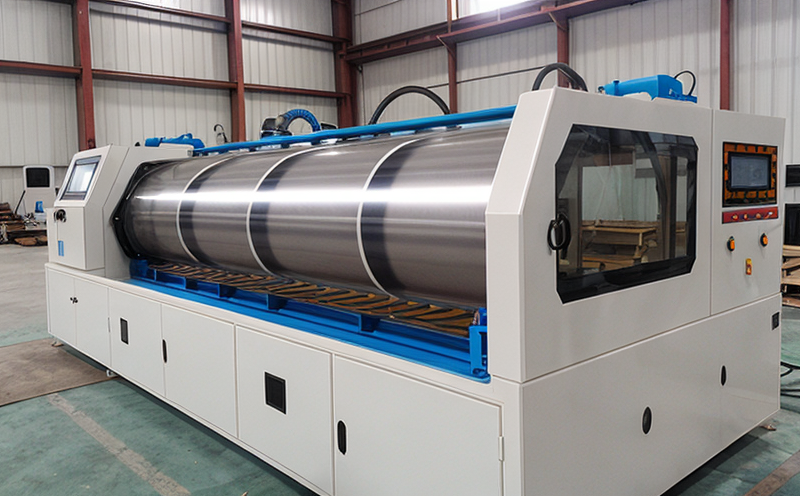AATCC 193 Bond strength evaluation of laminated fabrics
The AATCC 193 test method is designed to evaluate the bond strength between two substrates in a laminate structure. This method is crucial for ensuring that the materials used in textile manufacturing, such as those found in automotive, medical, and industrial applications, are reliable and safe. The procedure measures the tensile force required to separate the layers of the laminate, providing insights into the durability and integrity of the bond.
The test method is particularly relevant for fabrics that undergo lamination processes, where a layer of material (such as rubber or plastic) is bonded to another fabric substrate. The AATCC 193 test helps manufacturers ensure that the laminated structure can withstand the stresses and strains it will encounter in its intended application without failure.
The testing process involves preparing specimens by cutting specific dimensions, typically strips of the laminate material. These strips are then subjected to a tensile force using specialized equipment until separation occurs. The force at which this happens is recorded as an indicator of bond strength. This data is critical for quality control and compliance with industry standards.
The AATCC 193 method aligns with broader textile testing practices, ensuring that the products meet international standards like ISO, ASTM, and EN. By adhering to these standards, manufacturers can ensure consistent quality across their production processes and maintain a high level of trust with customers.
Understanding the bond strength is essential for several reasons. For instance, in automotive applications, where textiles may be used in seats or interiors, ensuring that the laminate does not peel off during use is critical for safety and performance. Similarly, in medical devices, the integrity of the laminate can affect the longevity and efficacy of the product.
The test method also provides valuable information for R&D teams, allowing them to refine their processes and materials. By identifying weak points in the bonding process, they can improve the overall quality and reliability of their products. For compliance officers, this method ensures that products meet regulatory requirements and industry standards, thereby reducing the risk of non-compliance issues.
| Test Specimen | Description | Dimensions |
|---|---|---|
| Laminate Strip | A strip cut from the laminate material for testing. | 10 cm x 25 cm (standard dimensions) |
Why It Matters
The bond strength evaluation is a critical aspect of textile testing because it directly impacts the performance and longevity of products. In industries where textiles are subjected to mechanical stress, such as automotive upholstery or industrial fabrics used in construction, the integrity of the laminate is paramount.
- Ensures safety: A strong bond ensures that materials do not fail under stress, preventing accidents and injuries.
- Enhances durability: Products with robust laminates last longer, reducing maintenance costs and improving customer satisfaction.
- Promotes compliance: Adherence to industry standards like AATCC 193 helps manufacturers comply with legal requirements and maintain a positive reputation.
The results of this testing can influence design decisions, material selection, and production processes. By identifying weak bonds early in the development stage, R&D teams can make informed adjustments to improve product quality.
Scope and Methodology
- The test specimen is prepared by cutting laminate strips according to specified dimensions (10 cm x 25 cm).
- The strip is clamped into a tensile testing machine.
- A controlled force is applied until the laminate separates, recording the peak force at separation.
The method specifies clear acceptance criteria for bond strength. Typically, specimens must meet or exceed the specified minimum values to pass the test. These standards are critical for ensuring that products perform as expected in real-world conditions.
Industry Applications
- Automotive interiors: Ensuring that seat fabrics and upholstery materials maintain their integrity under varying environmental conditions.
- Medical devices: Verifying the reliability of laminates used in surgical gowns, gloves, and other protective equipment.
- Industrial textiles: Guaranteeing that industrial fabrics used in construction or manufacturing do not degrade over time, ensuring safety and performance.





